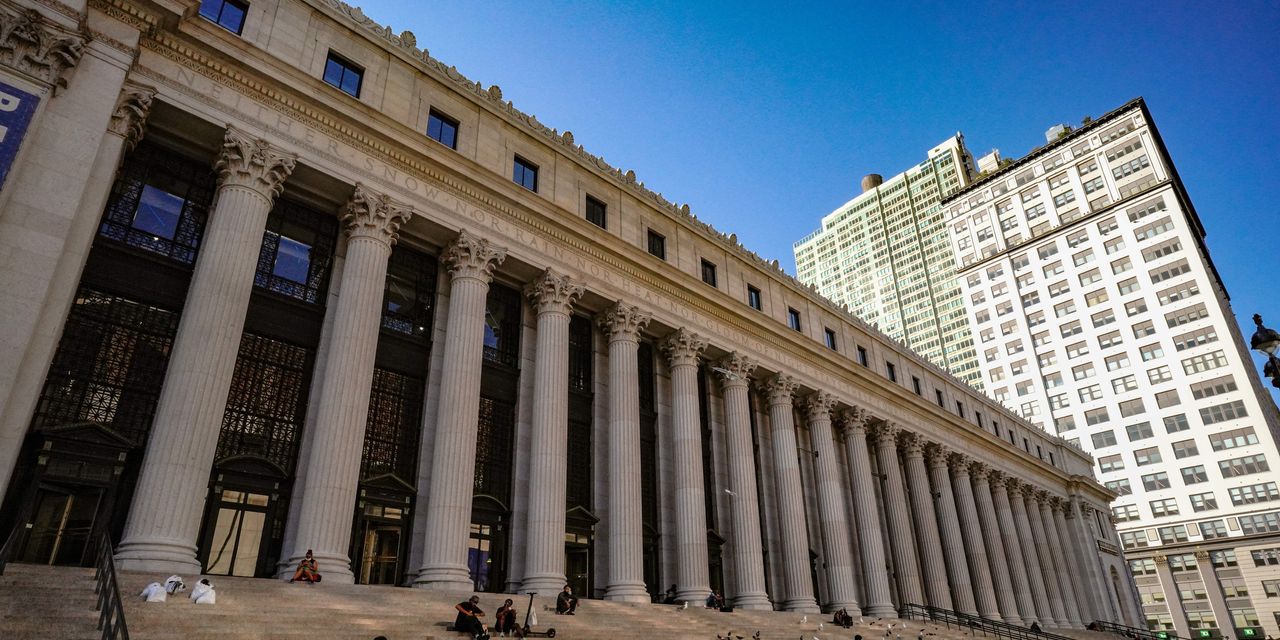
The recent recovery of U.S. office rents owes much of its success to something landlords hate to discuss: all the freebies, cash gifts and other incentives they have to fork over to tenants.
These sort of payouts have long existed to a degree in the office, retail real-estate and apartment markets, especially in places like New York City and San Francisco. But they have never been so big or so commonplace as they are in urban office markets these days, real-estate brokers say.
Landlords are showering tenants with tens of millions of dollars and months of free rent. They are paying moving expenses and for customized alterations. In exchange for this largess, building owners are able to charge inflated rents that amount to much less than their face value suggests when all the giveaways are factored in.
Nowhere is this more apparent than in Manhattan’s new trophy buildings. The average cash payment to tenants for the borough’s most expensive leases more than doubled over the past five years, from $76 a square foot in 2016 to $154 in 2021, according to real-estate services firm CBRE Group Inc.
As a consequence, the amount of money landlords collected on these leases fell 7.7%. But high-end Manhattan office rents officially gained 1.6% on paper, CBRE found.
For many office landlords, the pandemic is a lethal threat that requires cutting whatever deals it takes to survive as vacancy rates reach levels not seen in decades. Paying money to inflate rents helps keep building prices high despite the rise of remote work, meaning landlords can expect to profit when they sell a building or take out a mortgage. That is because banks and investors calculate property values, in part, based on a building’s rents. High rents also create confidence in the broader property market, boosting publicly traded companies’ share prices and attracting investors.
“Face rents have not changed since the pandemic, but that’s not the story,” said Jeffrey Peck, vice chairman at real-estate brokerage Savills. “The story is the fact that landlords are now receiving 20% less than what they had been receiving prior to the pandemic.”
Recent events have accelerated the trend. Supply-chain issues have pushed up construction costs, meaning tenants need more money to build out offices. Hybrid and remote work have reduced demand for office space. To keep rents from falling, landlords are forced to write bigger checks for construction work and agree to longer rent-free periods, brokers say. In effect, they are paying tenants to keep their building values high.
When Facebook, now called Meta Platforms Inc., signed a 730,000-square-foot lease in Manhattan in the summer of 2020 at an annual rent of more than $100 a square foot, landlords heralded the deal as a sign of the New York office market’s resilience in the face of the pandemic.
But the landlord, Vornado Realty Trust, secured those terms after it agreed to give Facebook close to $150 million to pay for construction work on its new offices—or about $200 a square foot—according to people familiar with the matter. Brokers say this is one of the highest tenant payouts ever. Vornado and Meta Platforms declined to comment.
Roku Inc. agreed on Dec. 30 to lease a 240,000-square-foot office near Times Square for more than $90 a square foot. The streaming-device maker is getting more than $30 million for construction work and a rent-free period of 18 to 24 months, according to people familiar with the arrangement. Roku declined to comment.
These tenant bonuses are hardly a secret. The cash typically reimburses tenants for upfront construction work on their offices, said Michael Silver, chairman of workplace services firm Vestian. Institutional investors and banks are usually aware of these incentives when they buy or lend against buildings. Market reports published by brokerage firms often include so-called net-effective-rent figures that account for these payments.
SHARE YOUR THOUGHTS
Do you think the rental rates for office space will return to pre-pandemic levels? If so, when? Join the conversation below.
Still, small-time investors could be influenced by rosy headlines and statistics when they buy shares in real-estate investment trusts or invest in mortgage bonds backed by office buildings, real-estate executives say.
Office-lease incentives used to be far smaller. That changed when private-equity firms became dominant in the commercial real-estate market after the 2008 financial crisis, said Mary Ann Tighe, chief executive officer for the New York tri-state region at CBRE.
Unlike many other owners who hold buildings for the long term, private-equity firms often own buildings for just a few years before selling them for a profit. That profit partly depends on the building’s rent roll: the more the building’s tenants pay in annual rent, the more it will sell for. To push rents—and by extension, building values—higher as quickly as possible, private-equity firms started offering tenants more incentives.
“It went through the industry like wildfire: ‘Did you hear that Blackstone is offering a hundred bucks in T.I.?’ ” Ms. Tighe said, referring to the industry acronym for tenant improvement allowances, or incentives to pay for construction work. Eventually other landlords started copying the private-equity firms.
Bradley Tisdahl, CEO of Tenant Risk Assessment LLC, which screens companies for credit risk, said more of his landlord clients are offering cheap loans to tenants in return for a higher rent. The tenants usually face few restrictions on what they can spend the money on. “Many of the owners that we work with are still pushing for those higher rents,” he said.
Write to Konrad Putzier at [email protected]
Corrections & Amplifications
Roku Inc. agreed on Dec. 30 to lease a 240,000-square-foot office near Times Square. An earlier version of this article incorrectly said Roku reached the agreement last week. (Corrected on Jan. 18.)
Copyright ©2022 Dow Jones & Company, Inc. All Rights Reserved. 87990cbe856818d5eddac44c7b1cdeb8








